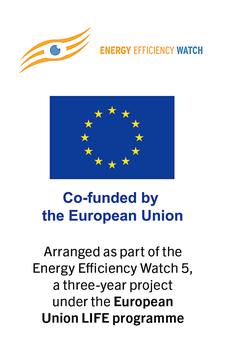Search eceee proceedings
Financial carbon footprint: calculating banks’ scope 3 emissions of assets and loans
Panel: 5. Business models, finance and investment
This is a peer-reviewed paper.
Authors:
Jens Teubler, Wuppertal Institute for Climate, Environment and Energy, Germany
Markus Kühlert, Wuppertal Institute for Climate, Environment and Energy, Germany
Abstract
Financial institutions play a crucial role in achieving the 2015 Paris Climate Agreement. They can manage capital flows for financing the required transformation towards a decarbonized industry. Currently established policy programs and regulations at European and national level increasingly address financial institutions to make their climate warming impact measurable and transparent. However, required science-based assessment methods have not been sufficiently developed so far.
This paper discusses methodological opportunities and challenges for measuring carbon footprints of financial institutions. Based on a scientific case study undertaken with the German GLS Bank, the authors introduce an innovative method for quantifying greenhouse gas emissions from a bank’s asset with a focus on loans. The authors apply an input/output database to calculate greenhouse gas (GHG) intensities and allocate them with bank’s loans and investments.
Moreover, the paper provides insights of calculating avoided GHG emissions initiated by a bank’s investment and loans. In conclusion, a high degree of consistent and standardized assessment methods and guidelines need to be developed and applied to promote comparability and transparency.
Downloads
Download this paper as pdf: 5-127-20_Teubler.pdf
Download this presentation as pdf: 5-127-20_Teubler_pre.pdf














